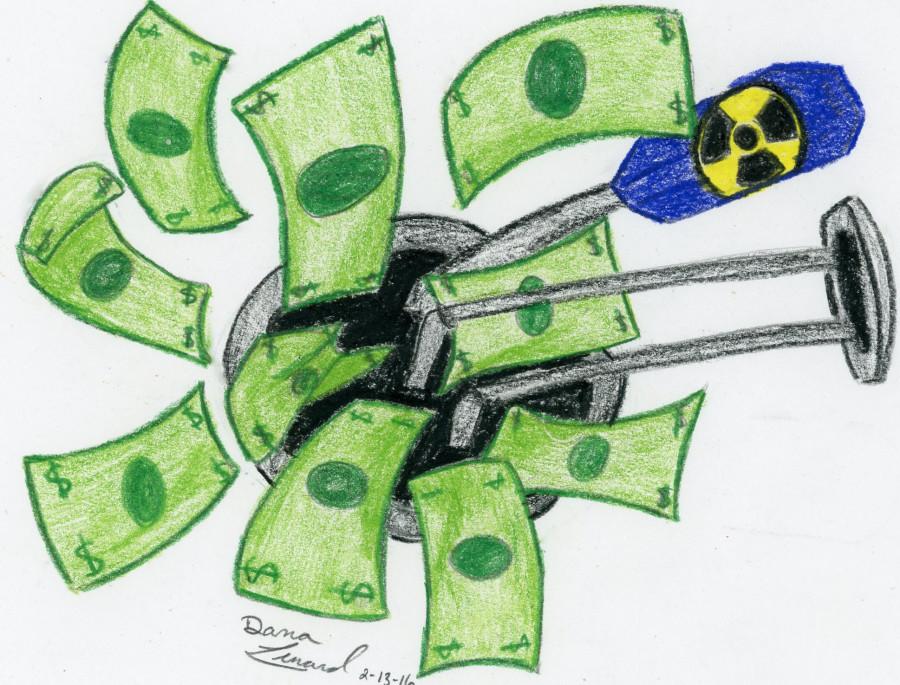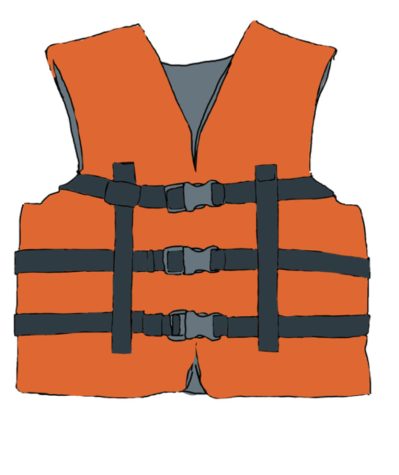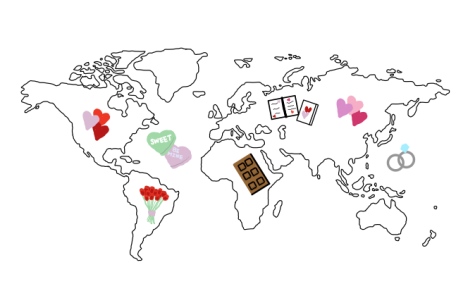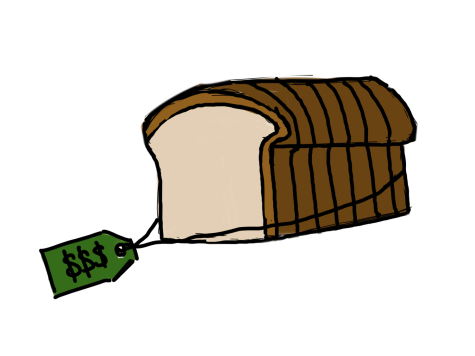Iran returning to the oil market, unfrozen assets expected to improve economy
A short time ago, six countries, including the United States, signed a nuclear agreement with Iran. Economic sanctions have been lifted in the country because the Iran Atomic Energy Agency (IAEA) promised to limit its recent nuclear activities. This agreement is a pact that has made history because it has settled a matter that has struck controversy for the longest time. The United States has been imposing sanctions since 1979, shortly after the attack on the U.S. Embassy in Tehran. The deal was officially made public in 2002, and since djd then there have been economic sanctions forced onto Iran by countless numbers of countries. The plan ultimately cuts of Iran’s access to any sort of nuclear weapons for 15 long years.
The two elements that are necessary to build an atomic bomb are uranium and plutonium, but both of these components have been forcibly reduced drastically. At the moment, the nation has the ability to produce about eight to 10 atomic bombs, depending on the size of the stockpile. The level of uranium was lowered down to 3.67 percent, which means the accumulation of the ingredient was reduced by a whopping 98 percent. Through this deal the state was obliged to slash the amounts of centrifuges from 20,000 to 6,104. Improving the weapons at the several facilities will not be permitted, and Iran will only be authorized to utilize the models that are too old and incapable to use. In the month of January, the country has diminished the number of centrifuges and shipped great masses of uranium off to Russia. Investigators from the IAEA will keep an eye on everything that takes place in the facilities and the nuclear weapons sites.
“Iran has never been in any violation of the international atomic enforcement agency,” said social studies teacher Mr. Cory Jensen. “The agency has only been on the country’s back for a long period of time. If we really didn’t want Iran to have nuclear power, then we shouldn’t have built their centrifuges. Furthermore, the country has never invaded any of its neighbors and it’s not good to be naive. Diplomacy should be the first and every step in international matters.”
The United States and the European Union lifted economic sanctions, which included oil and financial fragments. About $100 billion have been unfrozen from the assets after examiners came to the conclusion that the country was really complying with the lately signed nuclear deal. Trade is now possible again after it was halted by the United States to prevent the program from escalating into a problem. The country can now go back to the oil market and can begin making profits off of the barrels they sell per day. Because the restrictions were abolished Iran is now officially tied to the global financial system.
“I believe the deal will encourage peace and safety between powerful countries even though the deal wasn’t really that necessary,” said sophomore Meagan Vicens. “Throughout history, Iran always kept its promises and never failed to follow international law. The United States shouldn’t be so quick to immediately interfere when it believes a conflict is about to occur.”
Tension between the United States and Iran continues to exist, but several problems have been solved between the two powers. In the long run, this day could be turning point for Iran because it might transform its economy forever.
“It is a new and fresh beginning for Iran to really enter a peaceful and civilized agreement with international organizations,” said junior Marion Madaras. “History has made itself clear and hopefully future problems won’t arise again.”
This agreement is the supreme solution to inhibit Iran from gaining access to nuclear weapons, which can later become a deadly crisis. This long-battled matter has been settled over a series of civilized meetings rather than a war erupting right in the hands of Iran.








